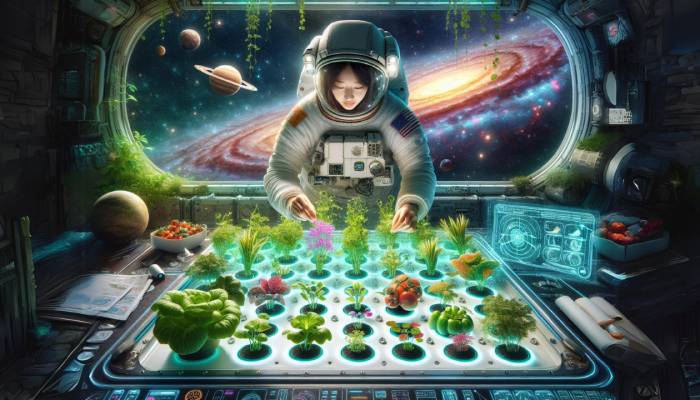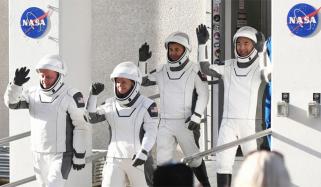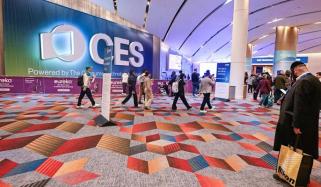
NASA is exploring methods to provide astronauts with fresh, nutritious food, like plants during future missions to the Moon and Mars.
As per Earth.com, sealed food packets, which are currently used can be effective but they lose flavour and nutrients over time.
Considering this, NASA is looking for alternative ways to ensure food stays fresh and healthy during long space trips.
Scientists have been trying to grow various plants, such as lettuce, peppers, radishes and tomatoes in the unique conditions of microgravity.
The study published in the Journal of Plant Interactions revealed new knowledge about how space travel affects plants, including changes in their genetic makeup, how they use water and how their flavour might be different compared to Earth-grown plants.
Gioia Massa from NASA is leading the study on how plants behave in space. Her team is focusing on space conditions, like microgravity, humidity and light affecting plant growth, shape, nutrition and how much they can produce.
Along with studying how plants grow in space, NASA is also investigating the bacteria that exist alongside these plants.
The goal is to monitor whether these microorganisms remain harmless or beneficial to human health.
A study called Plant Habitat-07 is focusing on how lettuce grows in space under different moisture levels in a microgravity environment.
The study uses four moisture levels in a special growth chamber to see how plants adjust nutrient production.
NASA’s Veg-04A and Veg-04B explorations study how light quality and fertilizer affect lettuce and leafy greens on station.
The studies have found that altering factors like the colour of light (using red and blue LEDs) or adjusting the nutrients provided to plants can change how the plants look, taste and grow.
While, growing green salad on the space station is just the beginning, NASA’s main goal is to ensure astronauts have enough food for extended missions.















